Workshop images Tani Mari
The following shots were taken during the Studio Technique I workshop last Friday.
Model : Tani Mara.
As usual I will also list the gear used 😀
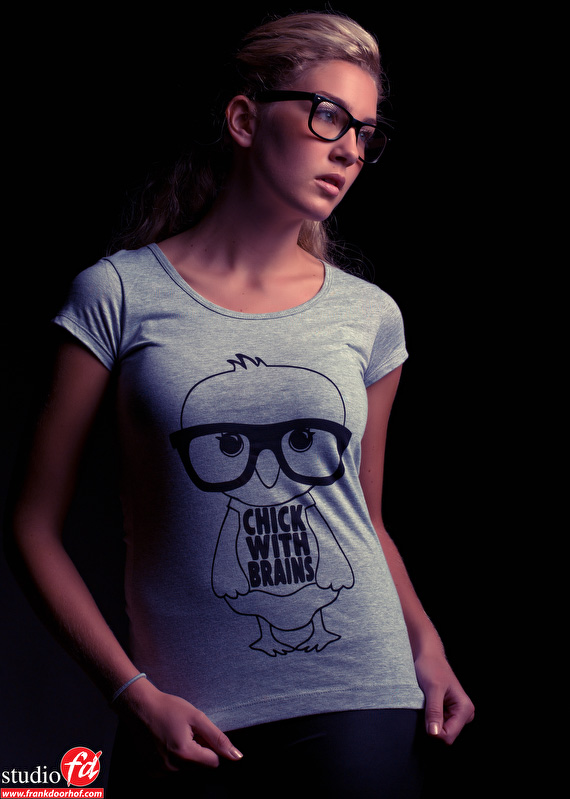 We started out with a very simple setup explaining the way light behaves. In this case the Elinchrom Deep Octa with the lighttools grid. The main thing about this setup is to show the different uses of one lightsource by moving around the model and watching the light fall off.
We started out with a very simple setup explaining the way light behaves. In this case the Elinchrom Deep Octa with the lighttools grid. The main thing about this setup is to show the different uses of one lightsource by moving around the model and watching the light fall off.
The portrait you see as the first image in this post was shot the same way, but from a different position.
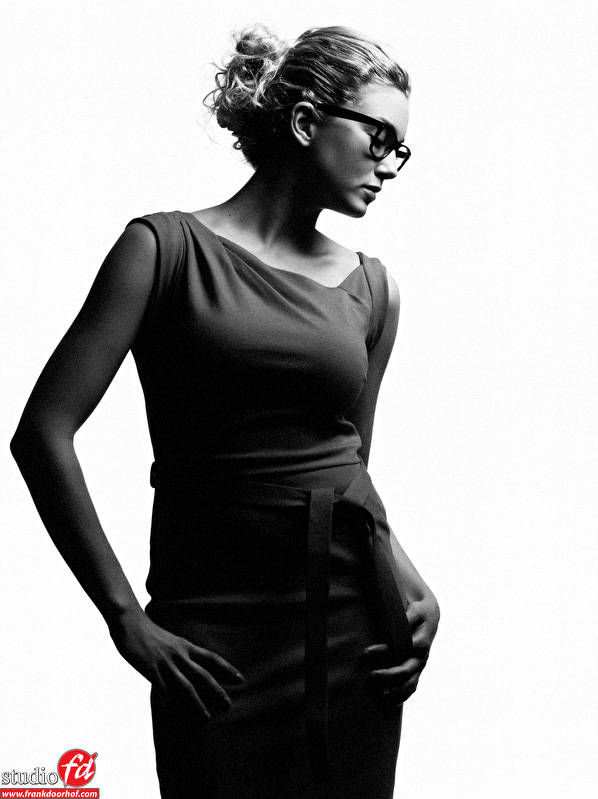 For the next setup it was time to work with a white background.
For the next setup it was time to work with a white background.
By proper measuring you can setup an image like this in a few seconds, the main advantage of measuring it correctly is that you will keep all details in the hairs and you can have a very nice shadow side. A lof photographers are shooting white backgrounds too hot which result in a loss of detail in the hairs and lens-flare which will destroy all nice deep shadows, and in some instances it will even act as accent lights or main light source because the background gives back way too much light. I’m a big advocate for using a lightmeter with a spot option, with these meters you can very easily measure all kinds of backgrounds and calculate to any “brightness” you want.
I’m using a Sekonic L758 for this but you could also look for a used Sekonic 558 which also has the spot option. Personally I would not buy a light meter that has a wider spot, often recognised by not having the tool to look through for the spot metering. With the wider spots you can’t really measure over the shoulder of the model to make sure that those areas are not too dark or too bright, I know those meters are a lot cheaper but the light meter will survive your glass and bodies, if you buy a good one you will probably never have to upgrade it, and it immensely helps you setting up light.
The background was lit by two Elinchrom strobes with the wide reflectors (highly recommended for this work), for the main light I used the Deep Octa. When shooting the image the original idea was to make it black and white, but when seeing the image in color I doubted a lot so I decided to post both on Twitter and also there there was no definite answer, so here is the color version, feel free to give your opinion….. for me personally it’s the color version I think.
For the next shots I used the 1.90 Octa from Elinchrom this is a great light modifier and gives you a lot of options in light setups. I love to use it for full bodies, like you can see in the following images.
 But I also love to just place my model close to the material and work with it like this.
But I also love to just place my model close to the material and work with it like this.
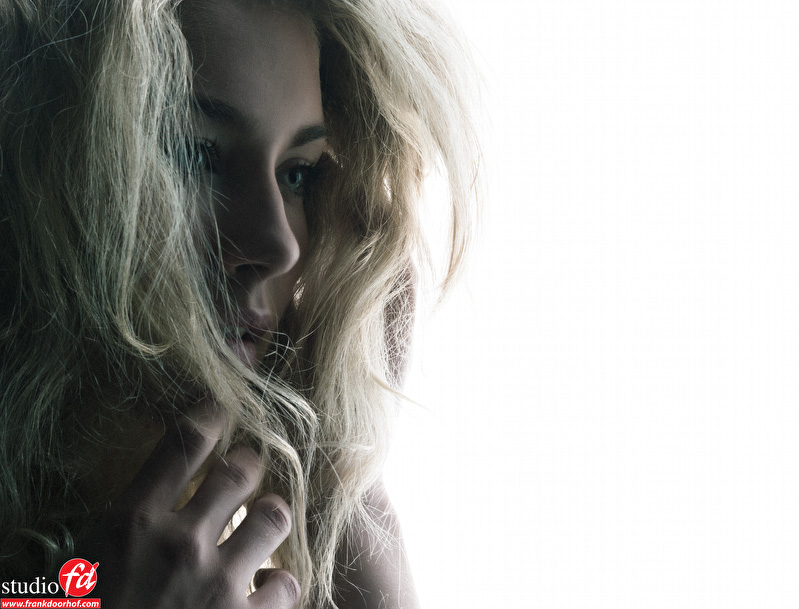 It’s one of the most versatile light sources I know off, including the Deep Octa which is even more versatile of course 😀
It’s one of the most versatile light sources I know off, including the Deep Octa which is even more versatile of course 😀
Feel free to comment and share this post.
If you like what we do here, and want to support the blog please buy from our affiliate companies by following the links or the links below.


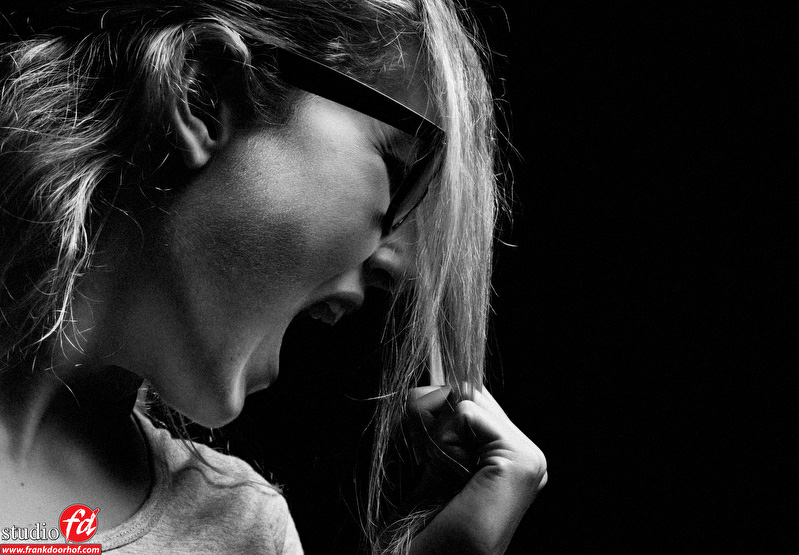

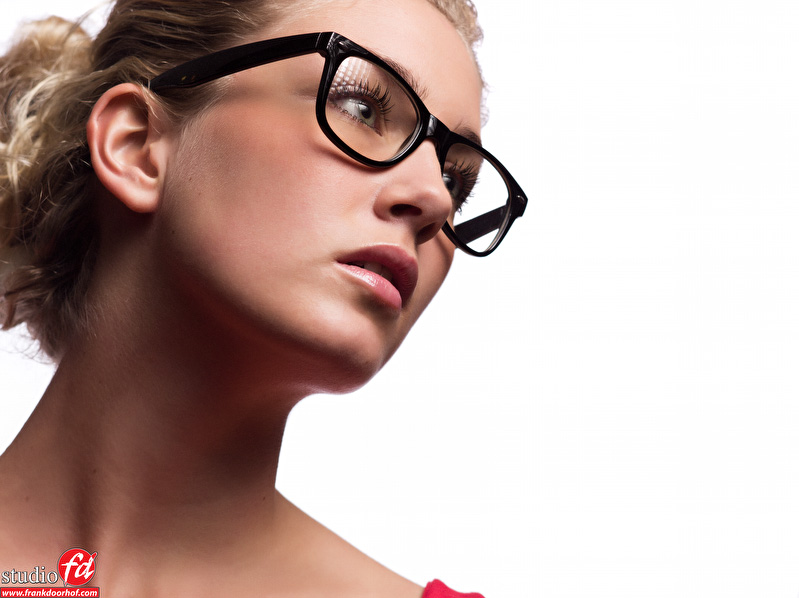
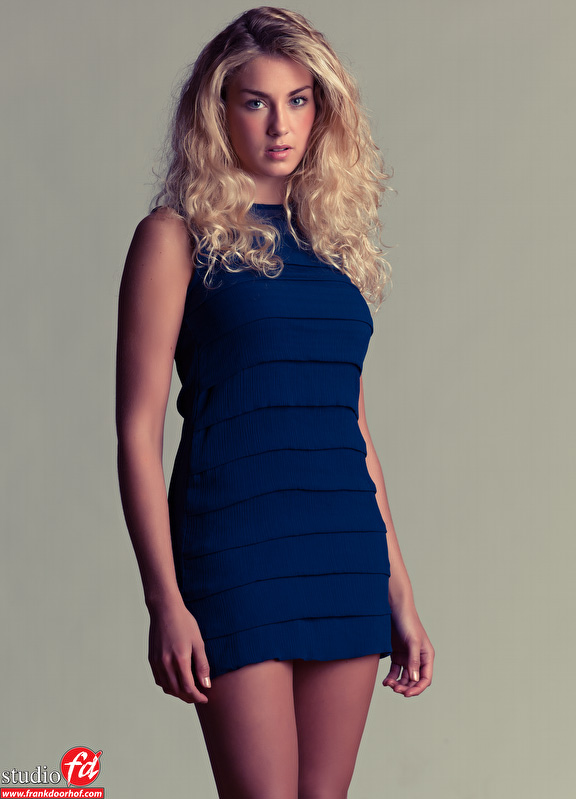
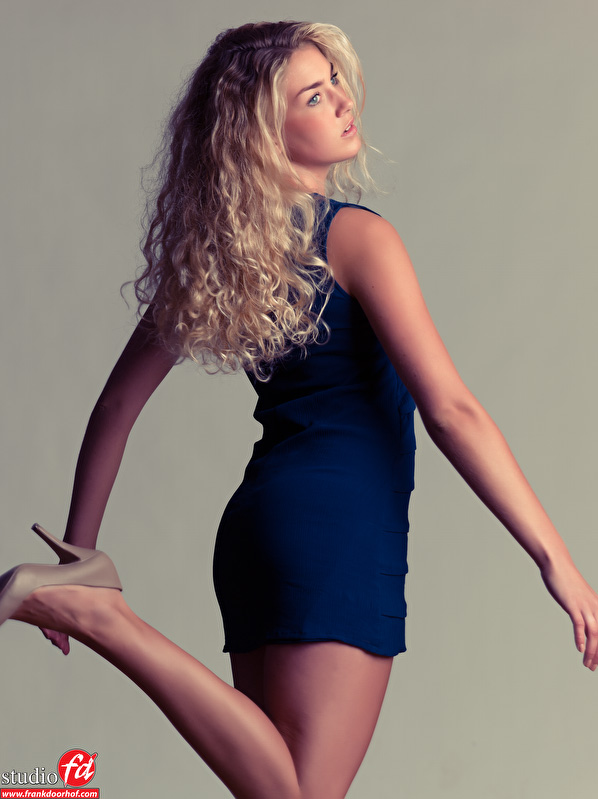

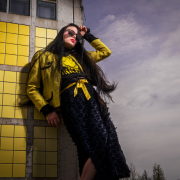

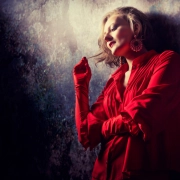

Hi Frank,nnI’m a bit confused by something you recommended in one of your training videos regarding light meter calibration.nnYou mentioned to push the two ISO buttons simultaneously, but you didn’t indicate why or what specifically was accomplished by that action.nnI’m wondering if you could be a bit more specific with some set-by-step instructions so tha I can calibrate my Sekonic 358 meter.nnThank you,nJohnnnP.S. Love your teaching method.
By pressing those two buttons you can set the adjust of the meter. That’s where you program the calibration, that’s all.
There is a lot of good info on Frank’s original blog at http://www.doorhof.nl/forum/index.php?topic=1412.0 on how to calibrate etc. I own the 358 as well and learned a lot from Frank over there.
I like the color version better myself too. Very nice pictures, especially the first one screaming, the tight portrait with glasses and the last one.
Thanks, I also love the first one indeed.
Love the color one, the B&W is also OK.nI love using the 1.9m Octa as a background and main light for the model (model stands with back beside Octa) and then reflect light back onto the model for fill. I have used it in a cyclorama studio setup as the only light. One of these days I may own one. 😉
the 1.90 rocks indeed :Dn
Can’t keep on staring at these red shades … marvellous ! definitely color for me.nnLong comment here to share my shame:nRegarding the too hot white background, I did/do this mistake very often (I’m so ashamed of it !), but it was/is on purpose as I often like when background lights wraps up the hedges of face (jawlines) and shoulders. The real mistake and the reason of my shame is that I found it hard and still struggle, to not overdo it to point of loss of contrast and get an unwanted flare behavior kicking in. I still need to know how to control it better before sharing a presentbale work to the world.nnIt is definitely SO true that the use of a lightmeter gets me quicker to where I want to be in a reproducable manner. But again I still don’t have it with me often enough. Shame on me as I know I should.nnYour lightmeter motto seems to be your bread and butter first teachings, and I must say that one can’t never grasp the importance of such teaching before having been confronted to the problem of having to get a reproducable result in a very short amount of time.nnAnyways your work is clearly a motivatoin to get my lighting skills more refined than the rough state it is in right now.nnCheers to you
Don’t be ashamed my friend, no need :DnIt’s whatever works for you…. look at Mario Testino, he is not technical but rocks.nThe wrap around lights I do with accents, that looks a lot better than using the background for it due to the lack of lensflare, on the other hand some people really like the look of the overblown background, it’s all personal, I can’t tell you what is right or wrong, I can only tell people how they can measure it correctly.nnAfter that photography is an art form and everyone will use creativity to fill that in.
As all ways great work !
Great set Frank! Did you use the 70cm or the 100cm deep Octa? I’m considering getting one but I’m unsure about which one I should get. I’m guessing the 70cm version allows you to target the light more precisely. Your help would be appreciated.nMartin
100cm with grid.nThe 70cm is great but a bit harscher.